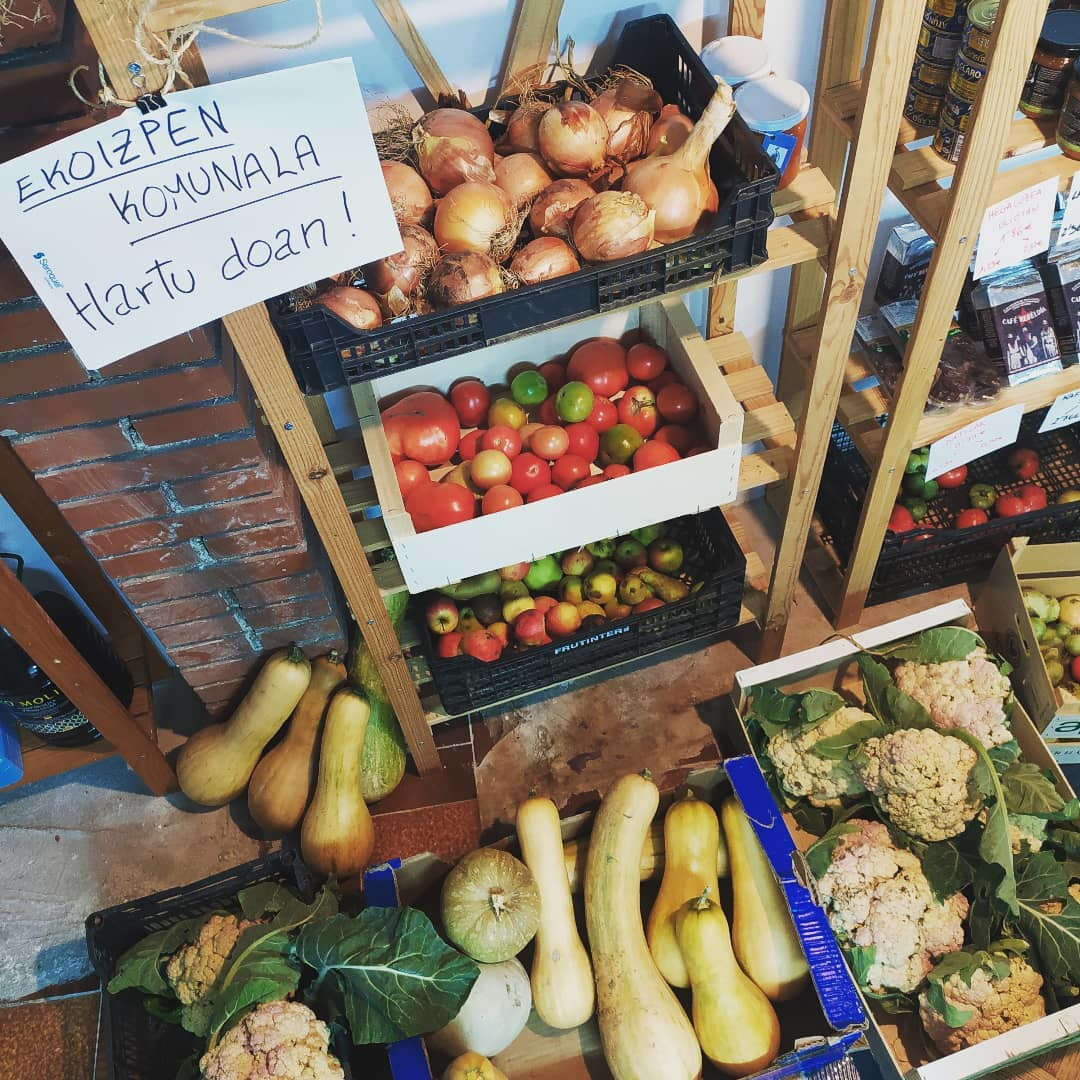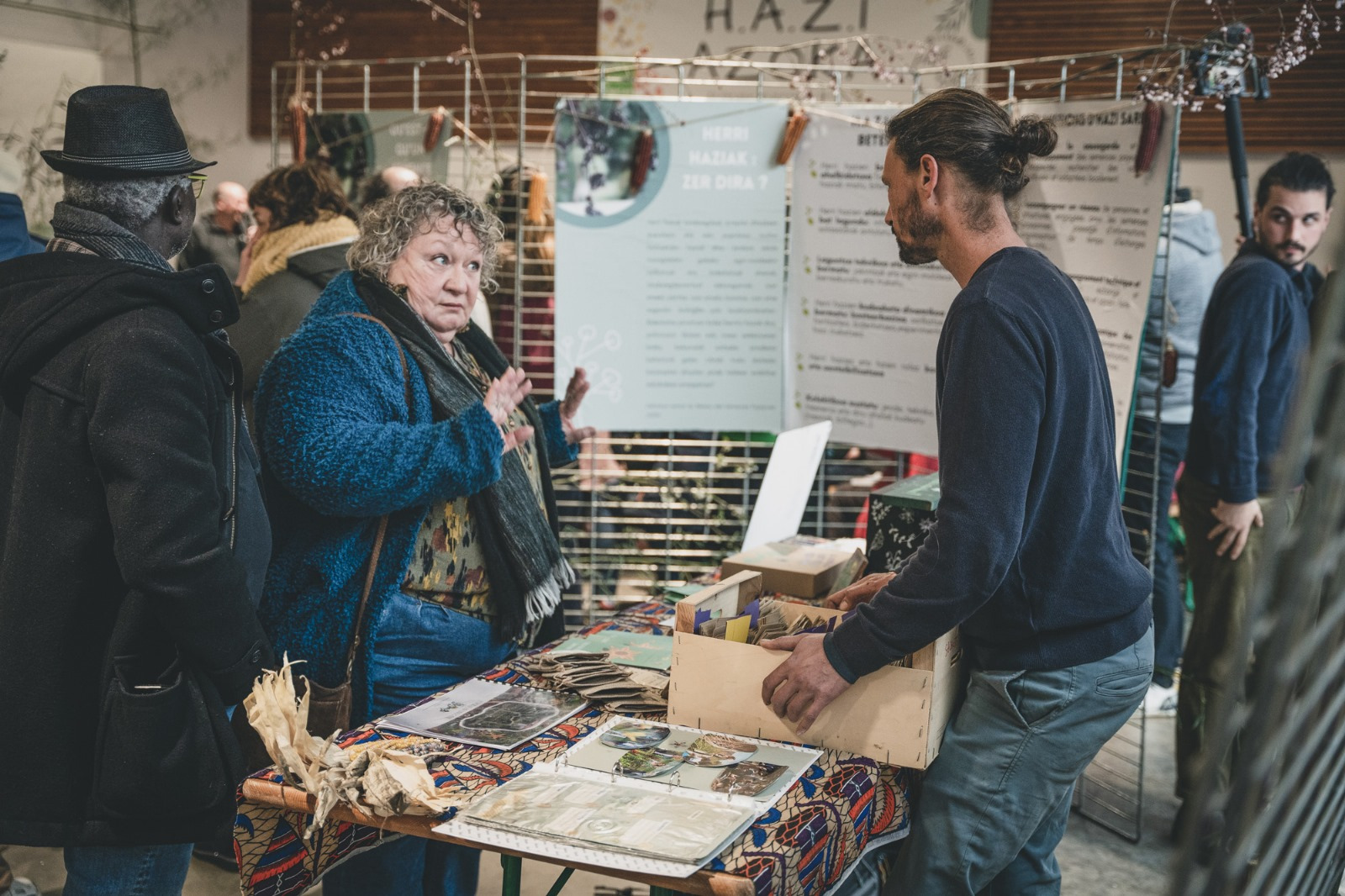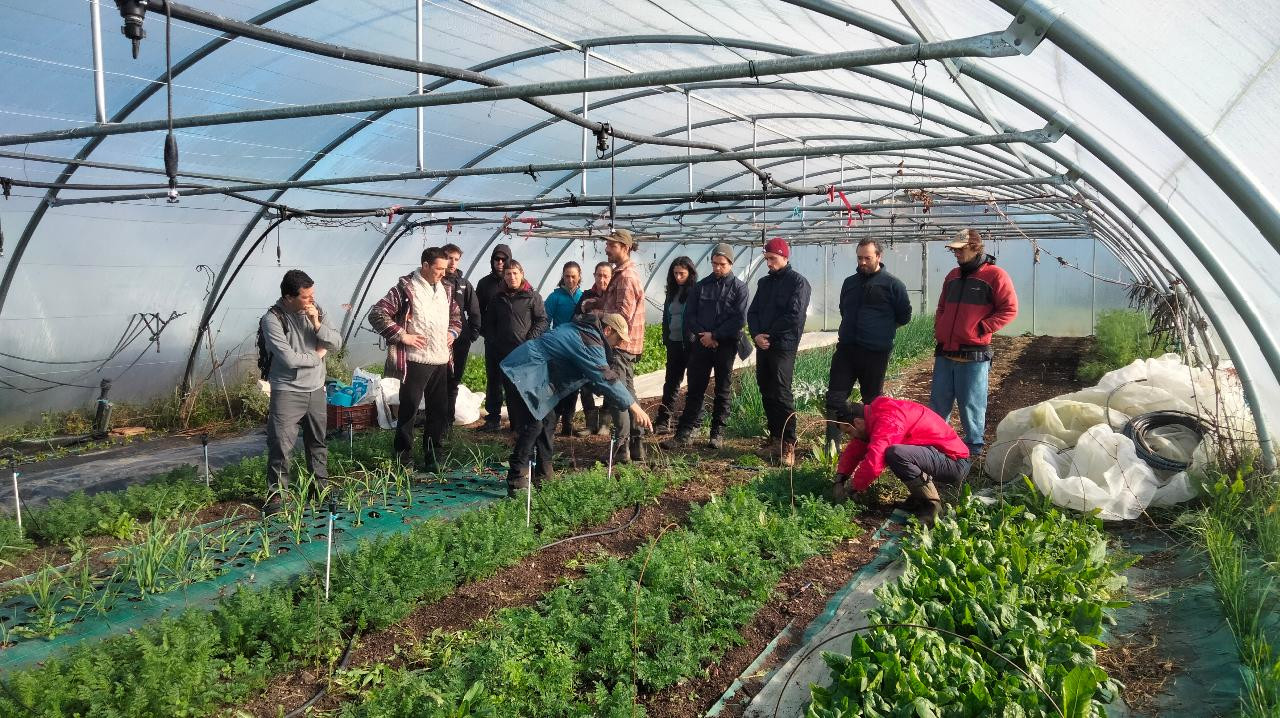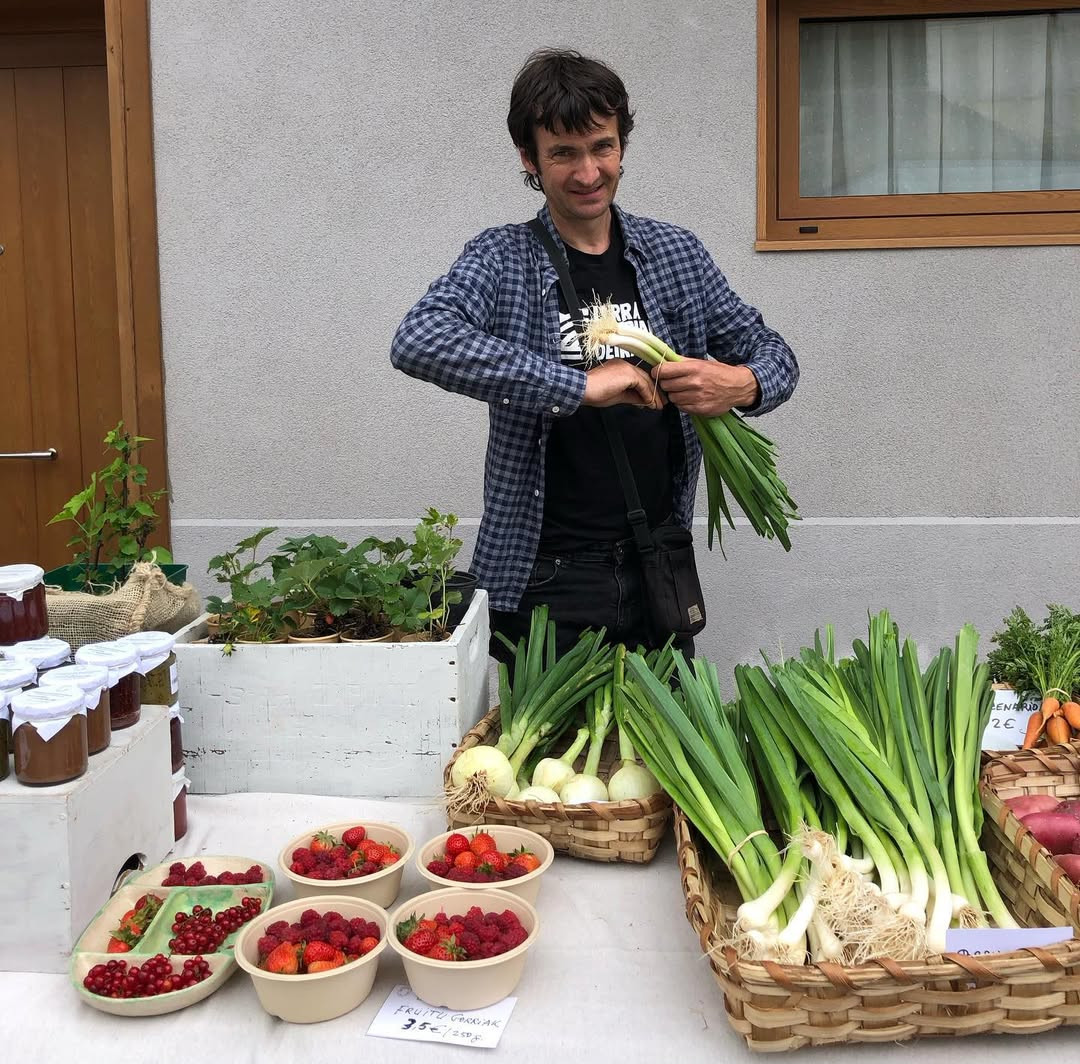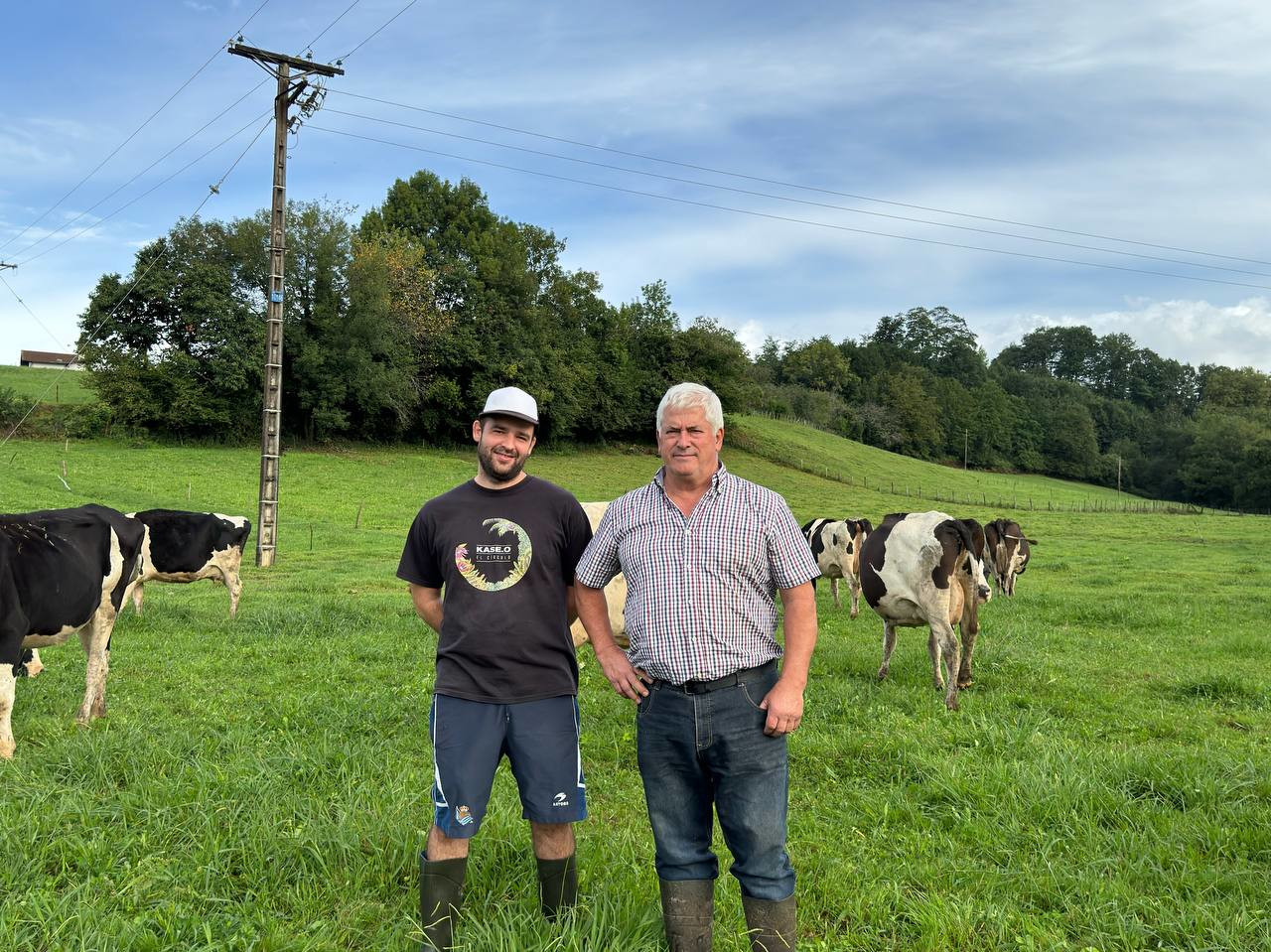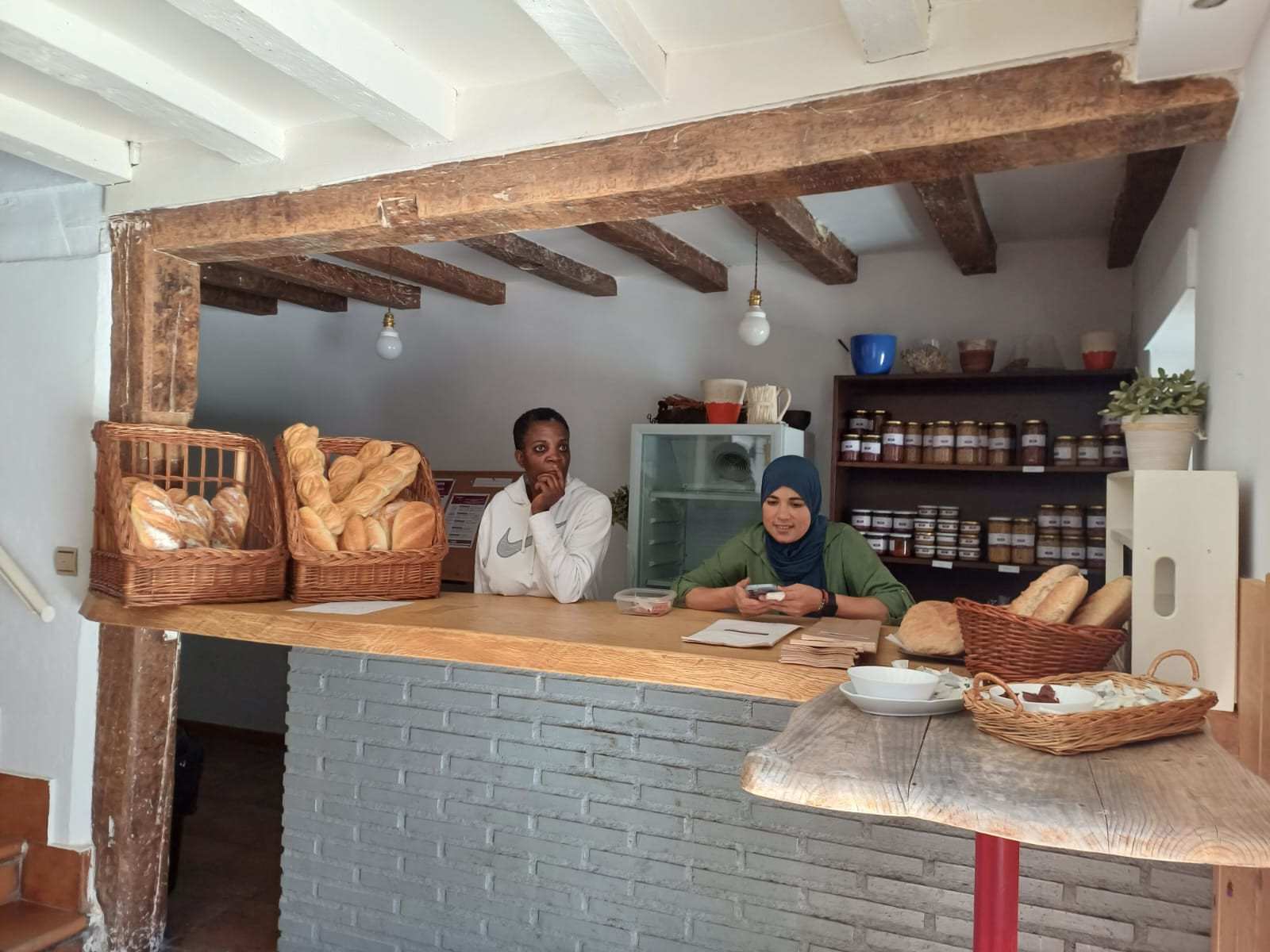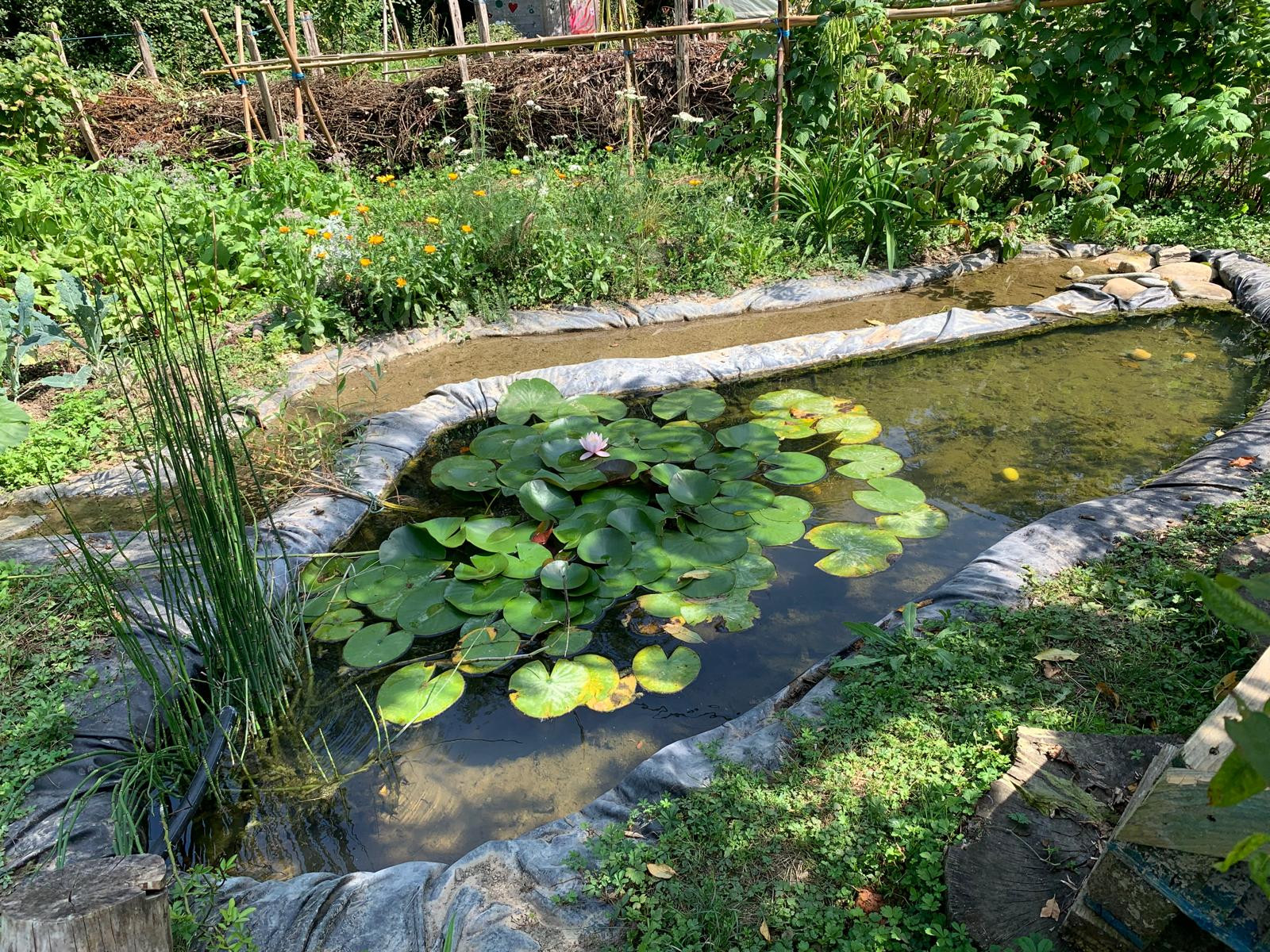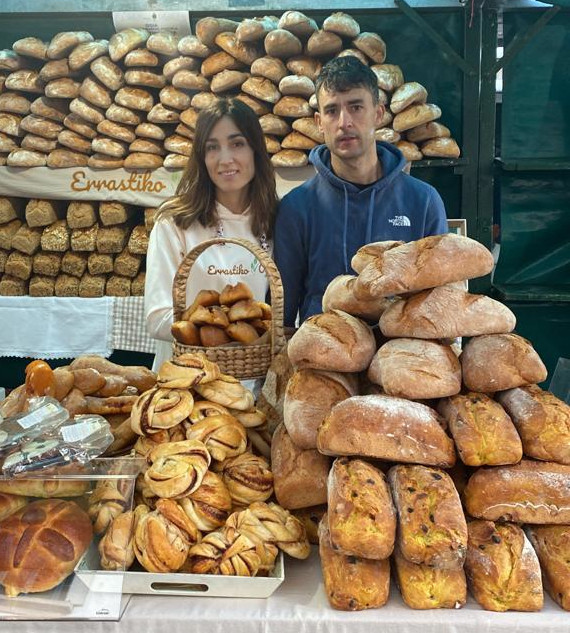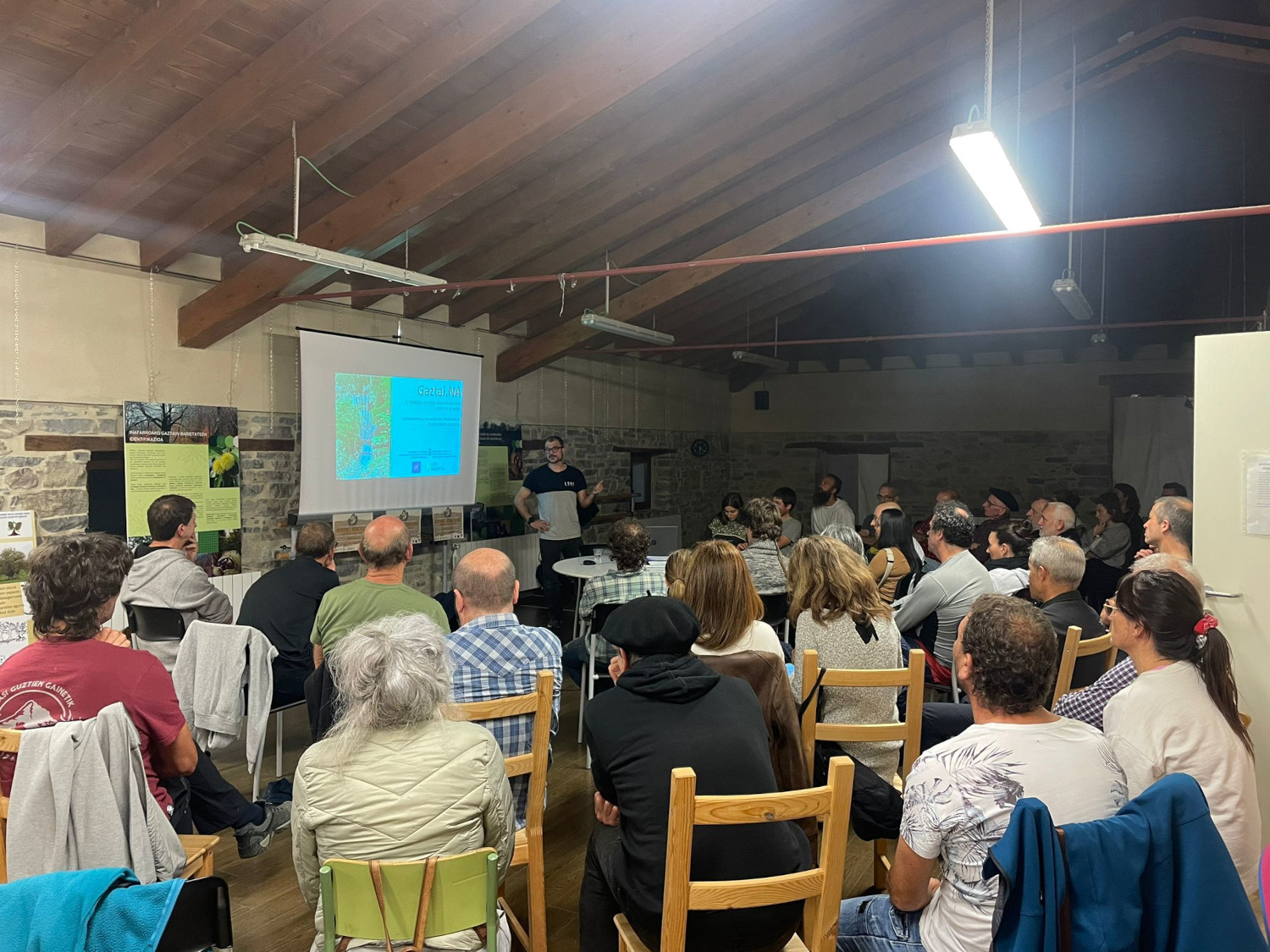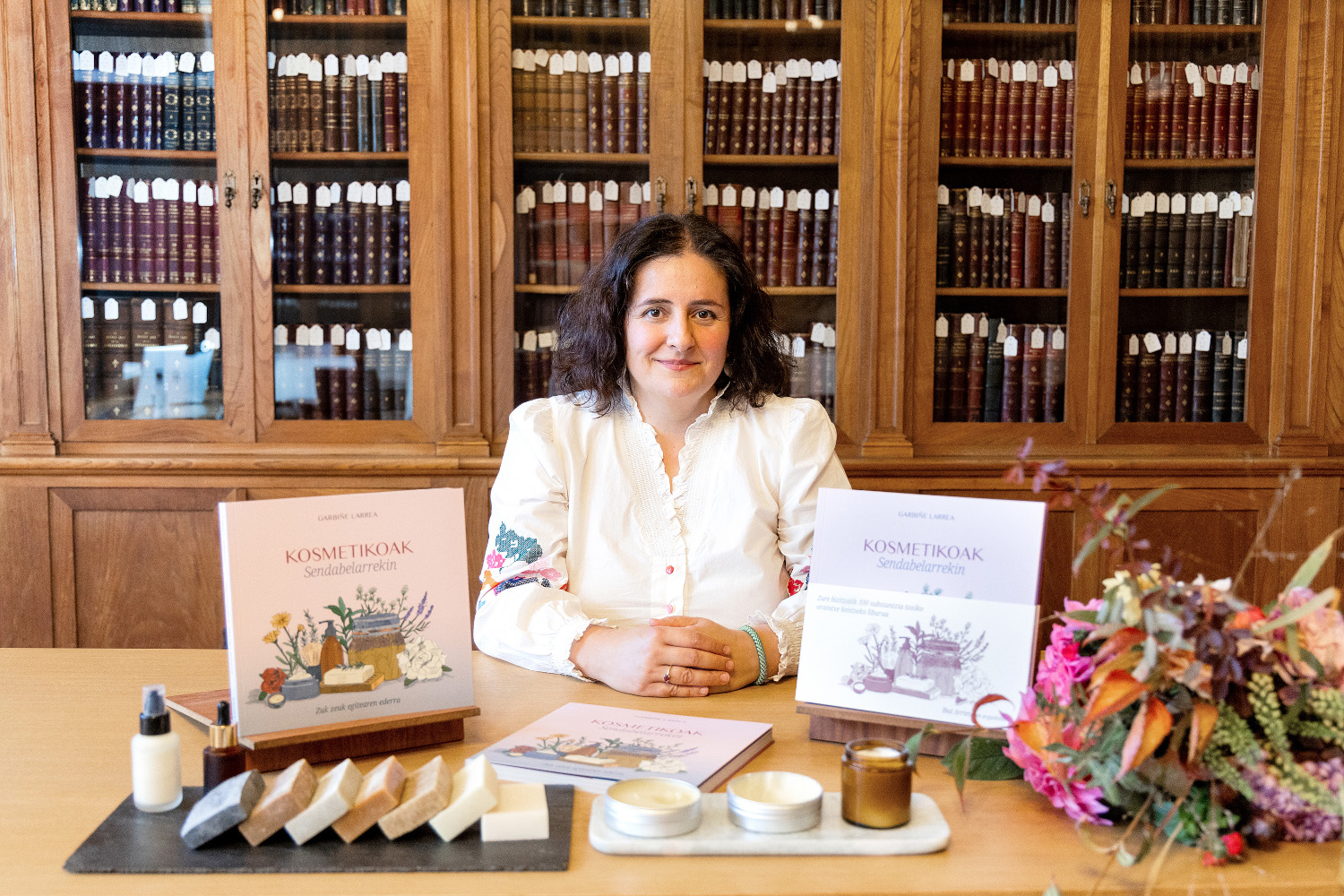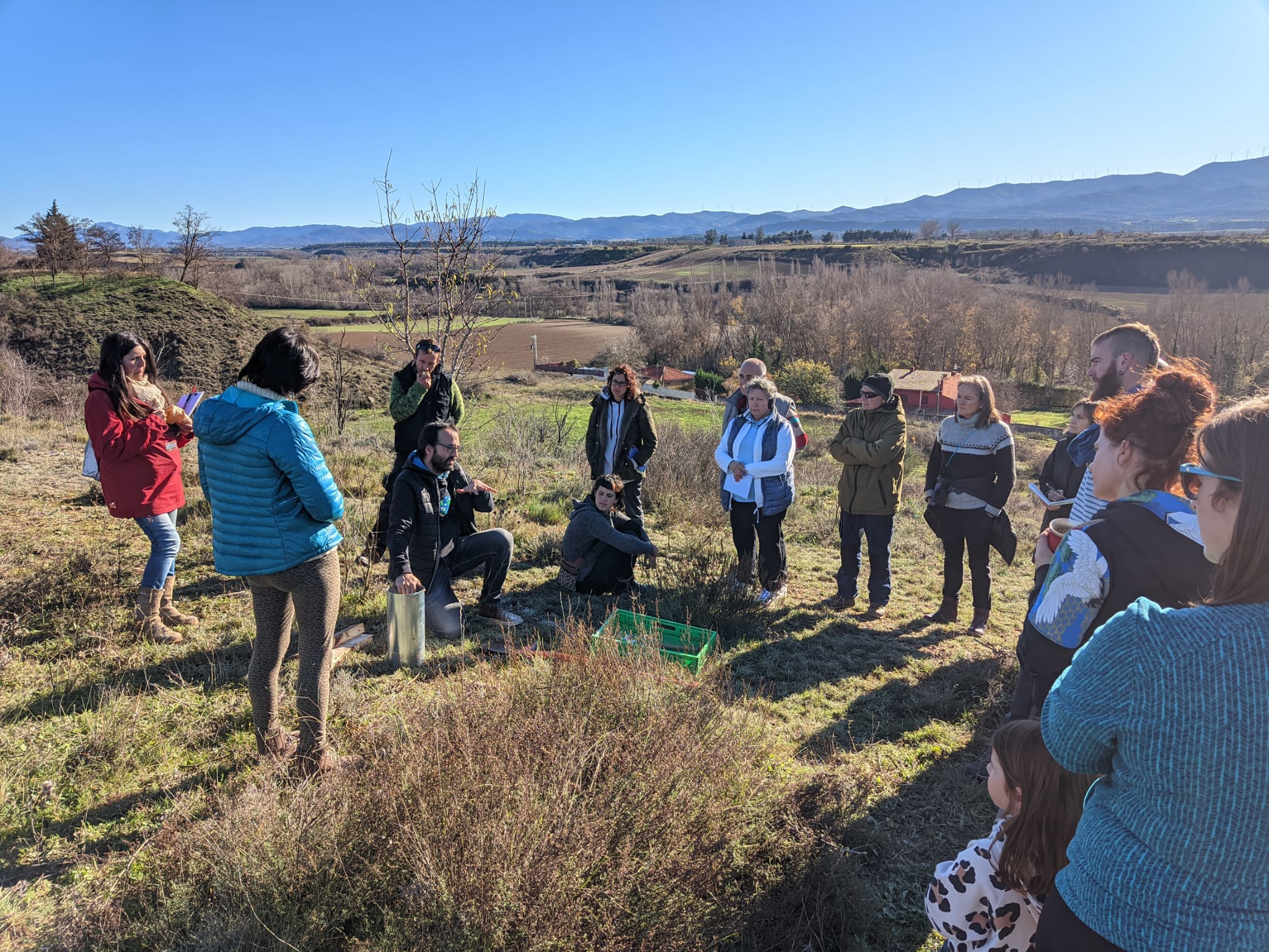What we walk is also edible.
- In Euskal Herria we have over 100 edible plants available and free of charge. We have taken Clara Gutiérrez and Leire Albisu from the hand of experts and prepared them for the dish. Malva, borraja, osinas and plantain are the main protagonists of this report which is broadcast at 22:00 hours.

Our goal is to produce Basalanda dishes. For this we have come to Zumaia, where we have made an appointment with Clara Gutiérrez and Leire Albutz. The two are wildlife specialists. They met in a course taught by Gutiérrez and since then their knowledge of basalandarras has been counted. We have gone to a small plot of Gutiérrez in Zumaia, where they have given us all the explanations about the plants. The photographer and I look surprised when they tell us that what we're peeing is edible.
“This is free, it is incomprehensible what we have next to us, what was used in its day, besides, today it does not eat,” says Gutiérrez. In Euskal Herria there are over 100 edible class plants, and thanks to our orography and climate we can find them in many areas and throughout the year, especially in winter. In the rest of the seasons they are also part of our landscape, but in spring, for example, some get flowers, and then you can't eat the leaf from those plants. “We are privileged and we don’t realize it,” added Albisu.
Innovation in the best kitchens
In the Basque Country, Martín Berasategi and Andoni Aduriz have also launched the establishment of basalandareas in state-of-the-art cooking. And Gutiérrez has proudly told us that citizens are amazed at what they are and what some of the most hated plants in our lands serve for: “You look for Chinese plants and people don’t know what they’re stepping into.” In her dishes there is always a basalandare, she says that she can be an helper of any food, even the main meal. He claims that they are foods with high nutrition and therefore uses them every day: “Aduriz has become famous, but still does not use everything that can be used.” For example, they have explained to us that Italians use much more than we do.
“I’m encouraging local cooks to put the plants in their dishes. But for that, farmers have to sell their plants, we have to create custom. These plants are extracted on their own, you don't have to work. You have to look at them differently, which until now was an obstacle, we have to turn it into a source of wealth, because that’s it,” says Gutiérrez.
Five minutes with full basket
We've begun to fill the basket with plantain, malva, drunk and osinas. We've gone to a small land, but we've found the basket full of plants and we've filled it right away. As soon as you see it, you know what each plant is, but you have to be very careful. Plants that come out naturally are wild plants, and our lands have always been full of wild plants; all are medicinal plants, but not all are edible. As with mushrooms or mushrooms, we have been told that, in this case too, we have to talk to the experts, because among the most similar plants there can be poisonous and edible, some even fatal.
“If I wanted to immerse myself in the world of basalandares, I would start from the poza or the suitcase, the plantain is also known by people. You can’t catch anyone you don’t know, if you have doubts, where it is,” explains Gutiérrez. Some of them can be easily confused, and that is why, according to him, the danger must be reported. However, they have stressed that each plant smells differently and that most toxic plants smell badly. “Children have good smell for plants, then they know which one is good and which one is not. Who, as a child, hasn’t tried plants?” Gutiérrez said with a smile. Then he says that as age progresses we move away, but that the time has come to return: “The inhabitants of yesteryear had a lot of information about the Basalandares, we have been losing, and now we have to start to recover it, little by little interest has been expanding.”
Neckline, malvas and roses
We have been told that the plant is well known in the Basque Country, which is widely used as medicinal herbs, that little use has been lost in this regard. Albisu sees a big difference in how we use plants to heal or eat: “In all villages there is someone who knows about medicinal herbs and that helps to recover them gradually, but what is known is more forgotten.” There's a
lot of malva out of it. You have recalled that Zumaia was once stuck with malvas, but that for five years it has been difficult to find it. They say that if one is left one opens very easily, but that they have all been taken away in recent years. They don't understand the reason for the deletion and we're told that they love it. “It’s a very good vegetable, it has lots of proteins and also vitamin C.”
Finally, we have been told of a curia known in our environment, but unknown in terms of its characteristics. “We don’t realize what the treasure is,” the two have told us, right. In other countries it dies in summer, here's a lot of it, and it's curable. Gutiérrez also uses it for infusions.
After filling the cart and receiving the explanations, we took the car and went to Aia, home of Albisu (the Goiabe farmhouse where they also make bread). There we found Asier Bastarrika, couple of Albisu, in the kitchen. On the table everything is prepared for work: mushrooms, cider, olives, eggs, pans, dishes… We have been told that they will prepare four dishes when we arrive. Mix with the egg the plants they have taken and the mushrooms they have at home, they will make in tempura shells of shells and drunks, and with plantain and olives they will make pâté.
Easy, warm and fast

“You’ll see how easy and fast we do all the dishes today,” Gutiérrez told us. To begin with, the programme will prepare a special dish with flour and cider tempura, which will be prepared with roast.
He's first thrown the cider into the dish, and he's mixed it with the flour to get the crepe texture. In order to know if it is properly thickness, you have to see if you put a sheet and cover it; you have to cover it, but it must not be too thick. The fluid has to be cold and it has to have bubbles, so today they have chosen cider. Once spent in tempura, it is fried in very hot oil, a bit of salt is thrown and ready to comer.De the
same way, they have made the erasures with the same tempura. They say that body toxins are good to disappear. “Drug addicts use it in the process of detoxification, it also takes off the headache, after a big dinner or food is terrible, and the borage is often used in conventional medicine.” Gutierrez states that broth made with the borage is common in his menu and that it tastes chicken, something he has been told on many occasions.
They'll also kick. A few black olives, a template, a garlic and a little oil have been placed on the table. There are a lot of people who don't like to eat plantain alone, because it tastes too hard, but Gutiérrez tells us that with olives everyone likes: “I don’t know anyone who didn’t like it, maybe you’re the first!” The image is also very nice, in this case with black azeituna, it has been dark, but with green he told us it is even more spectacular, and he encouraged us to do it at home. Everything has happened to the blender and before offering it to everyone he has put it in pieces of bread. Finally, the plants that we have not used and the mushrooms that Bastarrika had at home have been mixed with the egg.

We
have also been surprised by the food aspect. The time has come to taste it, and sitting around the table, we've ended the day in a nice talk with the special taste of each plant.
Recipes

IN TEMPURA OSINA / BORRAJA
Components:
Oil, cider (bubble drink), flour and potro or drunk leaf.
Steps:
- Go through the water.
- Mix the cold cider with the flour.
- Dip the sheet and if it doesn't cover completely add more flour to cider.
- Fry in very hot oil.
- Salt.

PATE
Components:
Olives, garlic, oil and insoles.
Steps:
- Go through the blender.
- Spread it on the bread.











